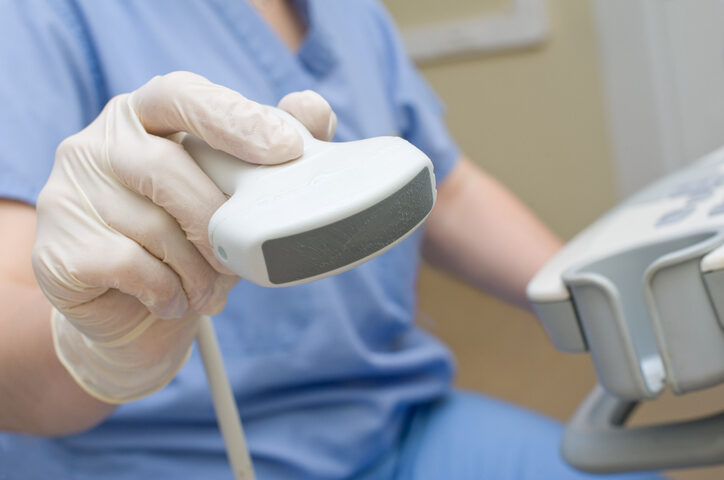Launching a medical device could take up to five years or more. In a competitive marketplace, speed, accuracy, and functionality are paramount. From conceptual design through product launch, the path is paved with numerous trials, iterations, and validations. Medical device prototyping is a critical step in this process.
The importance of prototyping cannot be overstated. The medical device prototyping process produces functional samples that meet product specifications. They allow design and engineering teams to uncover potential errors early, verify manufacturability, and modify designs when required so that a safe medical device can be produced that meets regulatory standards and meets patients’ needs. Throughout the lifespan of a product, starting at conception, the cost of a design error becomes exponentially higher as it moves through the process. Uncovering challenges while in the design stage will cost much less to fix than if it is already in production or worse if the product fails once in the market.
Plastic Injection Molding Medical Device Prototyping
Plastic injection molding is a manufacturing process that can produce complex shapes with tight tolerances, accuracy, and repeatability, making it a popular manufacturing choice for medical devices and their prototypes. 3D printing is used for some prototypes, but it is not recommended if you are seeking regulatory approval. A 3D printed part made of similar material as an injection molded part won’t have identical end-use properties.
The device model will be drafted in CAD and reviewed to ensure it can be manufactured using injection molding. This is another benefit of injection molded prototypes; you can resolve design for manufacturability (DFM) challenges. An injection molding partner that uses simulation software to simulate the fill and packing phases, optimize gate locations, and improve process conditions will produce fewer defective parts.
The medical device company can decide on the commercialization viability during the prototyping stage. The part’s functionality must be demonstrated before it can get approval. Real-world testing (stress, durability, and user testing) will ensure the device performs as intended in various situations. If the part fails bench testing for functionality, which is done by simulating its use, an iterative redesign process is initiated to identify issues, correct the design, and create a new prototype. It is much more cost effective to have a medical device fail at the prototype stage than in production.
Medical device prototypes can help to advance a product through regulatory gates or approval stages. They can be used to demonstrate that the device meets applicable standards, thereby supporting regulatory submissions. Testing and documenting the device’s performance can be instrumental in getting regulatory approvals.
Medical device prototypes also allow you to get user feedback on the design. For example, if you are creating a plastic handle for a surgical tool, you can get feedback from surgeons or those who would use the device on usability, ergonomics, and comfort. The feedback can inform further design iterations to improve the user experience and acceptance.
Production Quality Prototyping
Omega offers the solution when you need a quick-turn prototype that will function as the actual production product. Production quality prototyping allows you to evaluate, test, and verify your parts. We can also provide prototype molds that are so durable that they can also serve as a bridge to production as you ramp up quantities. Tight tolerance and complex parts are not a problem. Plus, we deliver high-quality prototype tooling in 2-3 weeks!
Depending on the design, we will use a Master Unit Die, commonly called a MUD unit, and industry-standard inserts containing mold cavities, core pins, and ejector plates. These are used like traditional injection molds; however, they reduce tooling costs and speed up fabrication. No matter what tooling we use, it is manufactured using the same automated mold manufacturing process used for production molds. By using automation and strategic capacity planning, we can drive down lead times and improve quality.
Our engineering support is second to none. DFM services, predictive modeling with Moldflow® simulation software, and industry-standard software ensure your product can scale to large-scale production.
Contact us to learn how we can support your medical device prototyping needs.

